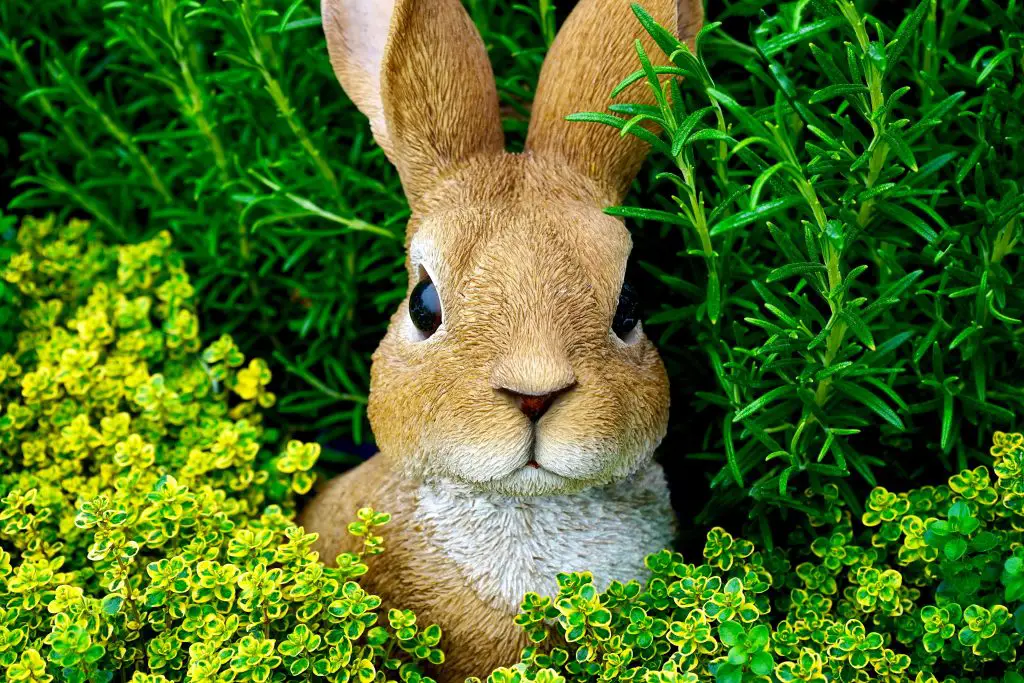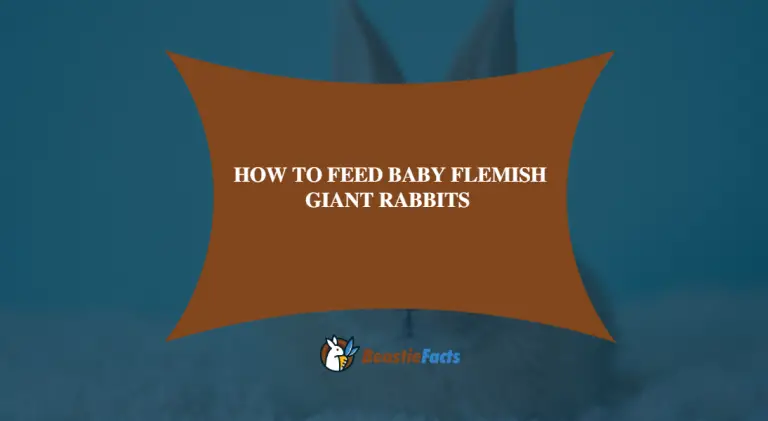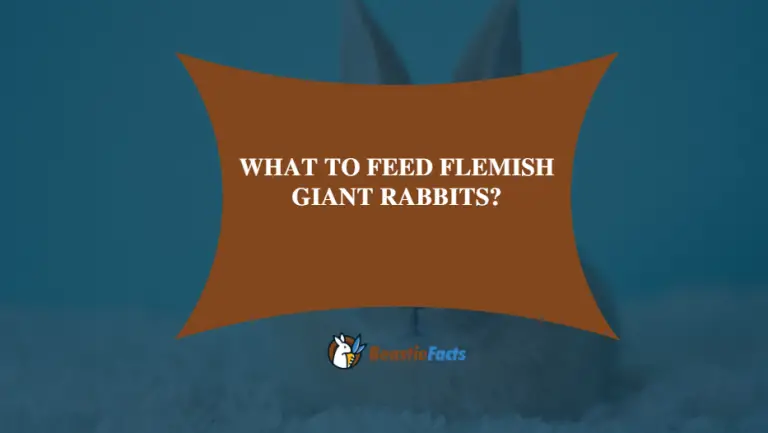Last Updated on October 31, 2022
Rabbit is one of those pets which can give us great companionship. And about a Flemish Giant rabbit, it can amaze anyone with its massive and fluffy appearance. Moreover, it is considered one of the oldest breeds.
The best time to train a Flemish Giant rabbit is the early stage of it. Otherwise, it can increase the temperament behavior of your rabbit. Keeping a safe distance from other pets in the early stage of rabbit life and maintaining an interval of playing can train their mind to take control of the situation and remain calm. It will also add discipline to their life.
Before we talk about how to train a flemish giant rabbit, we recommend you only have a baby Flemish Giant rabbit as a pet.
How To Train A Flemish Giant Rabbit – Easy Guidelines And Tips To Train
The Flemish Giant rabbit has been serving humans with their skin and fur and meat as food for several centuries. Yet, history says it was recognized as a domestic pet earlier in the 1500 century.

Today, its domestic behavior does not play the vital role of a pet only; its enormous meat-serving capabilities also turned it into a popular farming aspect. The training procedure for a Flemish Giant rabbit requires several careful steps. In addition, it is worth mentioning that age matters a lot in this entire process.
So, we shall only cover the topic for those who desire a cute giant filled with manners to be with them.
Litter Train
Like the other pets, litter training is significant to be attempted. Furthermore, if you do not train appropriately about litter, your whole house will be a spot to litter for your Flemish Giant.
Nonetheless, this training does not require too much effort. In the early stage of your Flemish Giant rabbit, you have to give some dry straw in his cage. When the straws are soiled, place the wet straws in the litter box. Within a few practices and carefulness, your Flemish Giant will acknowledge the litter box as the permanent place to pass litter. In addition, you must clean the litter box properly. Otherwise, the rabbit will stop using it. Eventually, you need to train it again, which will be effort-demanding.
Appropriate Fooding
To prevent obesity and heart disease, you must maintain the proper diet. And it is significant to maintain a food diet and training from the early stage. Otherwise, they will demand more food and gain harmful cholesterol when they grow up. Here is the approximate calculation of food. Firstly, check the weight of the rabbit and determine it.
After that, for 1.5 kg of weight, you have to serve 1 cup of leafy food like grass or hay with one tablespoon of chopped carrot. Sweet potatoes are an ideal treat for them. You should often add it to their food. As the weight increases, you have to provide food by the above calculation. And, after it becomes an adult, it will intake food according to the habit. As a result, your rabbit will be punctual and responsive.
Responsive Towards Name
Plenty of rabbit owners say that their rabbits or Flemish Giant is not responsive to the name they keep. They only come on a non-identical vocal sound. However, it is not a trivial matter at all. And only proper training sessions can help your bunny to become responsive toward the name you keep.
There are plenty of commercial treats which they are fond of. When your bunny is going through the early stage of life, you need to offer it those treats after calling its name. As a result, it will become apparent in their mind that the name means the reward or treat, and whenever you call that name, they will seek the source. Only treats will not make it whole. You must cuddle them whenever it forwards towards you after calling.
Discipline With Other Pets
You can also reckon this point as temperament-controlling training. When you keep two or more pets, you must notice they are playful whenever they get time and energy. If you overlook the behaviors at that moment, it can cause a set of violent behaviors.
What you need to do is to distance the pets with an interval. And for violent activities, you must punish them by caging. If you keep continuing for a period like 20 to 30 days, you will notice the violent conduct will become mild since it will know the distancing punishment.
FAQs
How hard is it to train a Flemish giant rabbit?
Anwer: The Flemish Giant rabbit is a highly calm animal with people and other pets. As a result, they are accessible to train with the lessons regarding litter, behavior, food, and others.
Do Flemish Giant rabbits like to be held?
Answer: Though the Flemish Giant rabbit is known for their incredibly gentle behaviors towards humans and other animals, you cannot hold it for a long time. Like other pets, it likes to grab attention and affection from the owner. So holding is essential and should be done correctly for a concise duration. Otherwise, it can bite or make a sound warning to leave.
Can you walk a Flemish giant rabbit?
Answer: The answer to this question is a bit typical. It is both yes and no. Generally, the Flemish Giant rabbit loves its freedom to move in its space. So, chaining it and walking is not a cup of tea. Yet, proper training can allow you to do that.
Moreover, you will need another pet with it. It can be either the opposite gender of that or another pet, like a dog.
Conclusion
Besides these training segments, there is plenty of other training. All the discussions and tricks mentioned above are about how to train a Flemish Giant rabbit for those who are keeping one or two rabbits as pets in their home.
The training is utterly different and effort-demanding in terms of athletic purposes. It may also require a professional trainer to train the Flemish Giant rabbit, though it is an intelligent animal.







